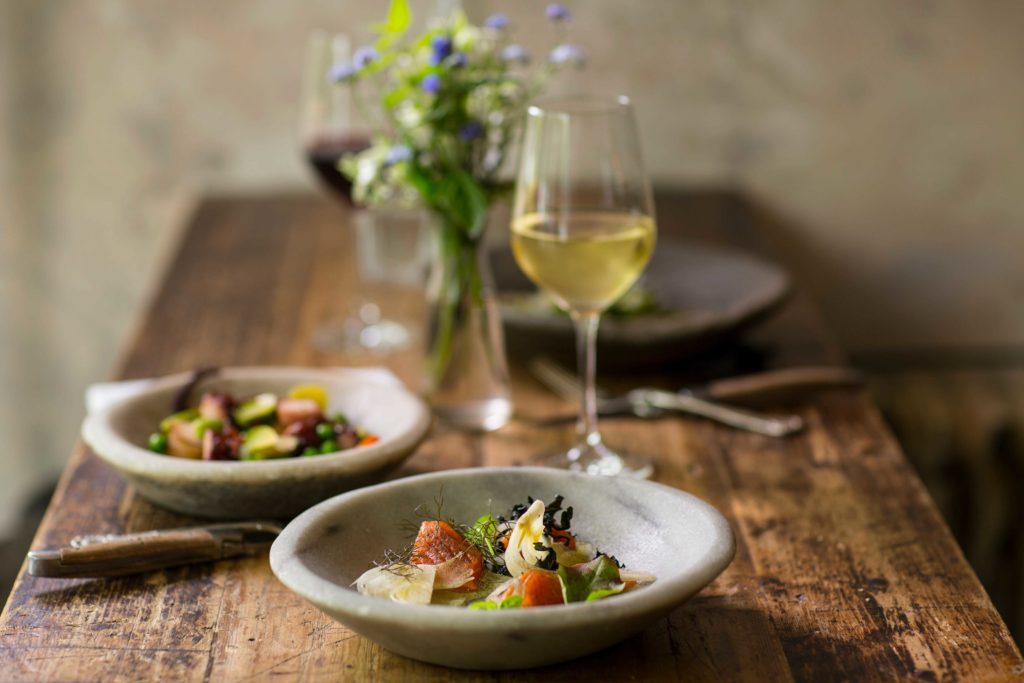22 июня, 2018
Whenever we travel, sampling the local cooking is one of the most important ways of appreciating the culture and traditions of the places we visit, but few destinations have more to offer the roving gourmet than Italy. Here is our guide to the specialties of some of the country’s most popular regions.
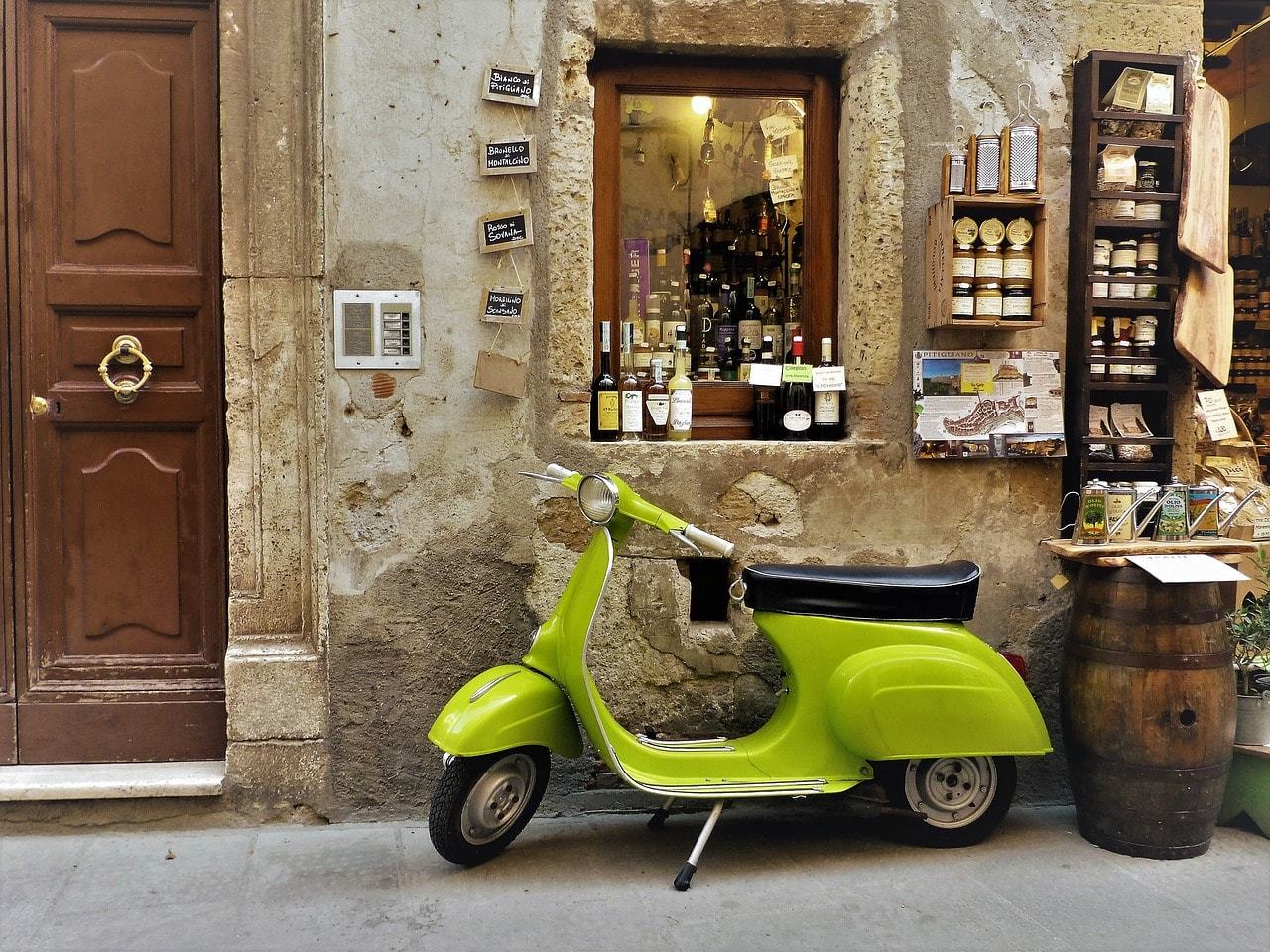
Eating and drinking in Italy – an introduction
If you think Italian food is all about pasta and pizza, your trip to Italy will be a culinary voyage of discovery. Italian meals may start with various antipasti – starters – including small vegetable dishes, cured meat, bruschette or crostini. This is followed by the primo piatto – first course – often a small pasta dish, a soup or something similar. The secondo piatto – second course – is usually something more substantial like meat or fish and is accompanied by one or more contorni – side dishes – that you order separately. These may include potatoes, vegetables or beans. Wine is usually taken with the meal, and afterwards come the dolci – desserts – and, of course, coffee.
Coffee is integral to Italian culture, and coffee bars can be found everywhere throughout the country. The traditional Italian coffee is the espresso, and if you just ask for a coffee – un caffè – this is what you will receive. Other coffees include macchiato (nothing to do with the abomination served in Starbucks but rather an espresso “marked” with a dash of frothed milk), caffè corretto, coffee “corrected” with grappa or some other alcohol, and cappuccino. This latter is considered a breakfast coffee, and to order one after around 11am would be considered quite strange.
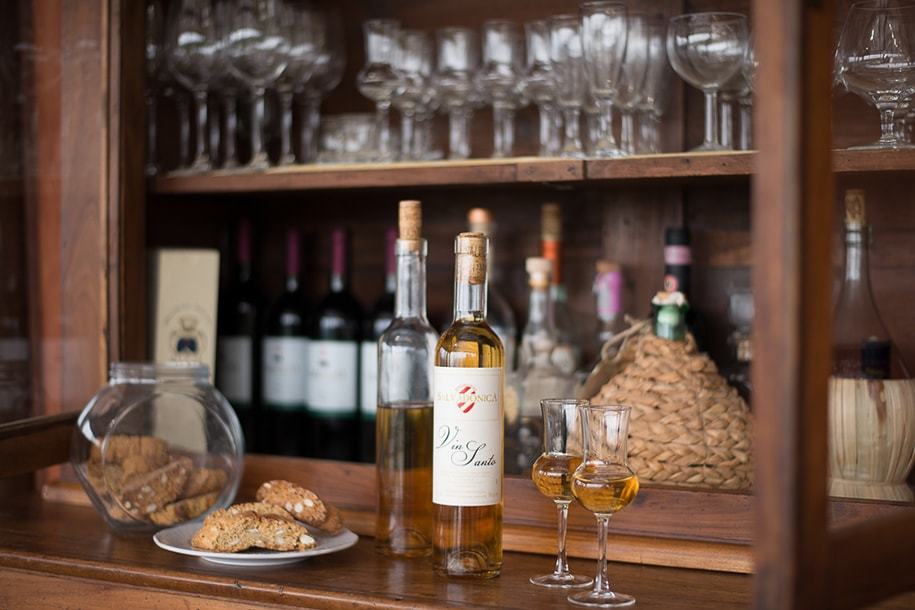
The Americano was invented in Italy during the Second World War for American soldiers who wanted something more like the coffee they were used to drinking at home. Americanos are made by diluting an espresso with hot water to produce a longer drink; you can order one, but Italians don’t drink them. If you ask for a latte, you will probably be served a glass of hot milk since latte means “milk” in Italian. Ask for a caffè latte for a coffee with milk.
To find out about paying in Italy and the rest of Europe by cash or by card, check out this article for more info.
The cities and regions
Rome
Littered with monuments and ruins from a history that spans over two millennia, Rome, the Eternal City, is a place where the depths of time seem almost tangible. It is a city with a near-unrivalled cultural heritage and is somewhere everybody should see at least once.
The city’s culinary tradition is equally rich, and one of the most famous dishes to look out for is spaghetti alla carbonara, pasta served in a cream sauce with pieces of pancetta or guanciale, bacon made from pig’s belly or cheek respectively.
Carciofi – artichokes – are popular in the capital. You can try them either alla giudia, Jewish style, or alla romana, Roman style. In fact, any dish ending alla romana is from Rome, and one other worth tasting is saltimbocca alla romana, local style veal cutlets.
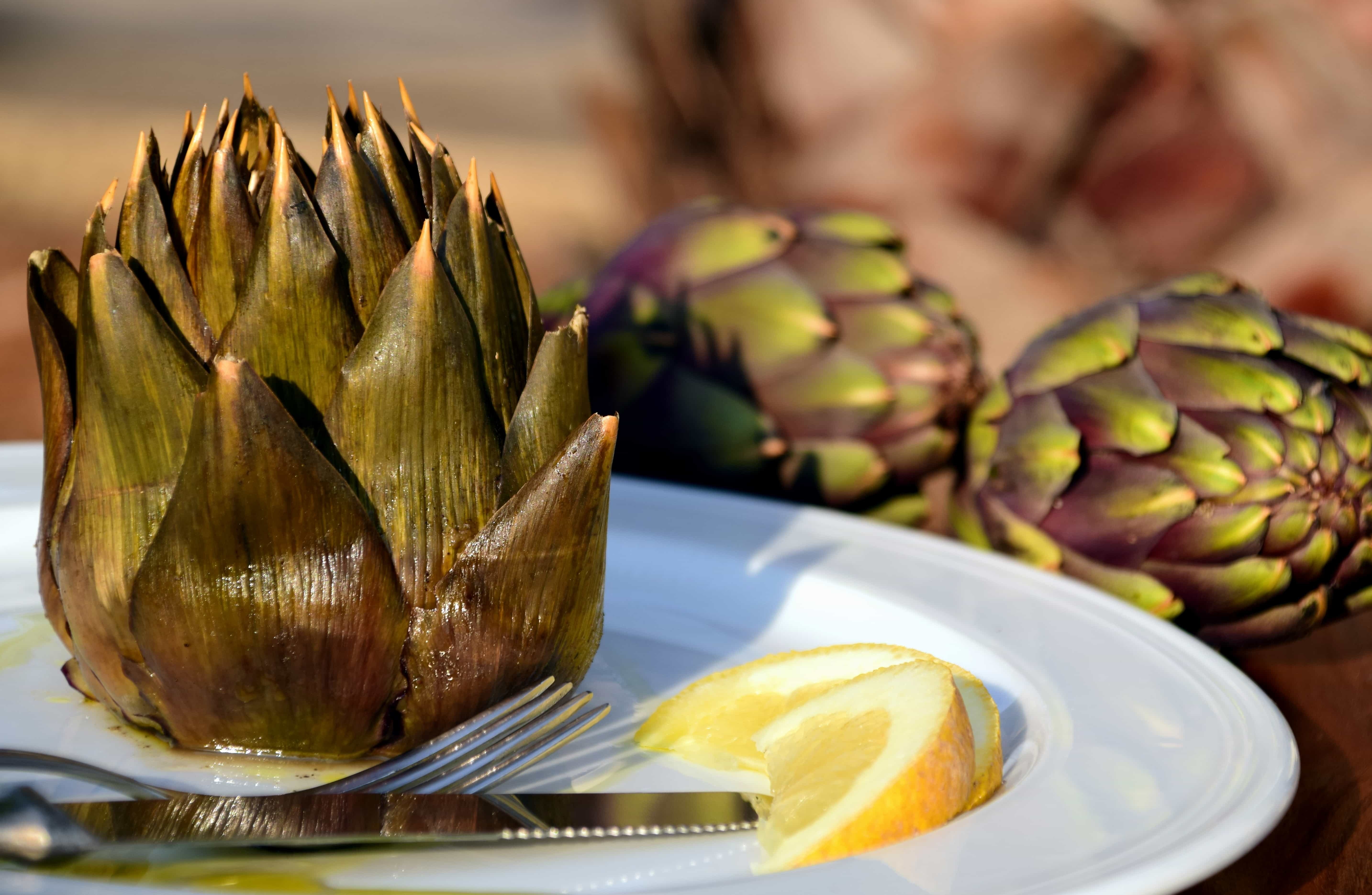
Roman pizza is extremely thin-crusted and should be eaten with a knife and fork and not with the hands. The surrounding region is known for its white wines, Frascati being one of the most famous.
Florence, Pisa and Tuscany
Florence, the center of the Italian Renaissance and one of the art capitals of the world, is deservedly an unmissable stop on any Italian itinerary, while for many, the quintessential image of the country is encapsulated in the rolling hills, cypress trees and olive groves of the Tuscan countryside. Impossibly picturesque towns, of which San Gimignano is the most photogenic, punctuate the landscape, and few visitors forego the chance to travel to Pisa for a selfie next to the town’s eccentric tower.
Local cuisine is simple and delicious. In Florence, order bistecca alla fiorentina, a huge steak best served rare. Tuscans are also famed as mangiafagioli – bean eaters. A typical dish is la ribollita, a hearty soup of beans and other ingredients prepared a day in advance and then “reboiled”, as the name suggests.
Game meat is popular in the countryside, and if you have the chance, you should try cinghiale – wild boar. The region’s famous wine is Chianti; if you are in the area in early September, the festival in the small town of Greve in Chianti is highly recommended. There, you will have chance to try the local wine as well as excellent locally-produced olive oil, some of the world’s finest.
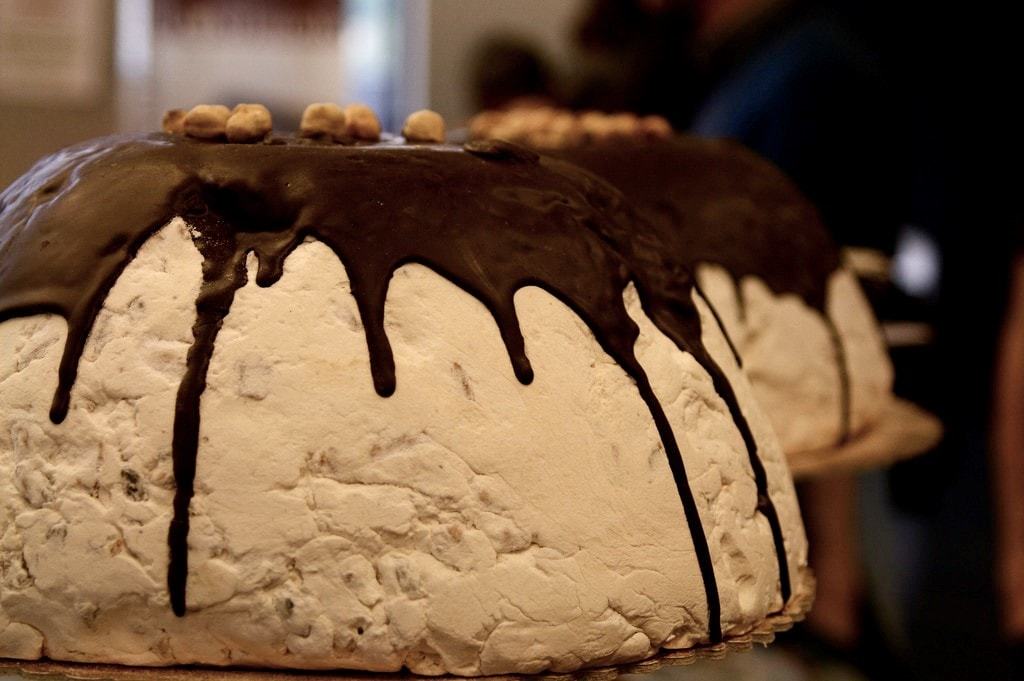
For those with a sweet tooth, the nearby town of Sienna is famed for a hard cake called panforte that dates back to medieval times. Zuccotto from Florence is a cake decorated to resemble the Duomo, the city’s iconic cathedral.
Milan and Como
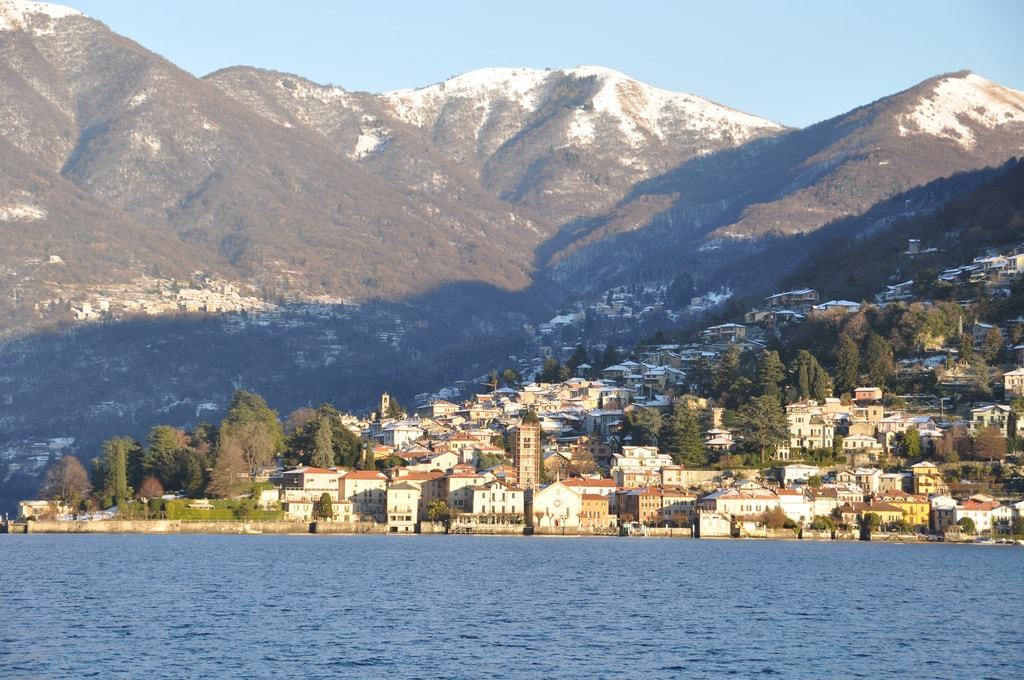
Milan is Italy’s center of style as well as the country’s business capital, while only about an hour’s drive away, the town of Como and the lake of the same name make for a popular escape from the city. Travel only a little further and you arrive in Switzerland; check out this article for info about the food from the other side of the border.
The food in the north is very different from that of the southern and central regions. In Lombardy, you will discover a diverse cuisine based on polenta, rice and fresh pasta derived from the rich agricultural lands found there.
A local classic is risotto alla milanese, a distinctive yellow risotto that commonly accompanies cotolette alla milanese or osso buco alla milanese, Milanese cutlets and veal shanks respectively.
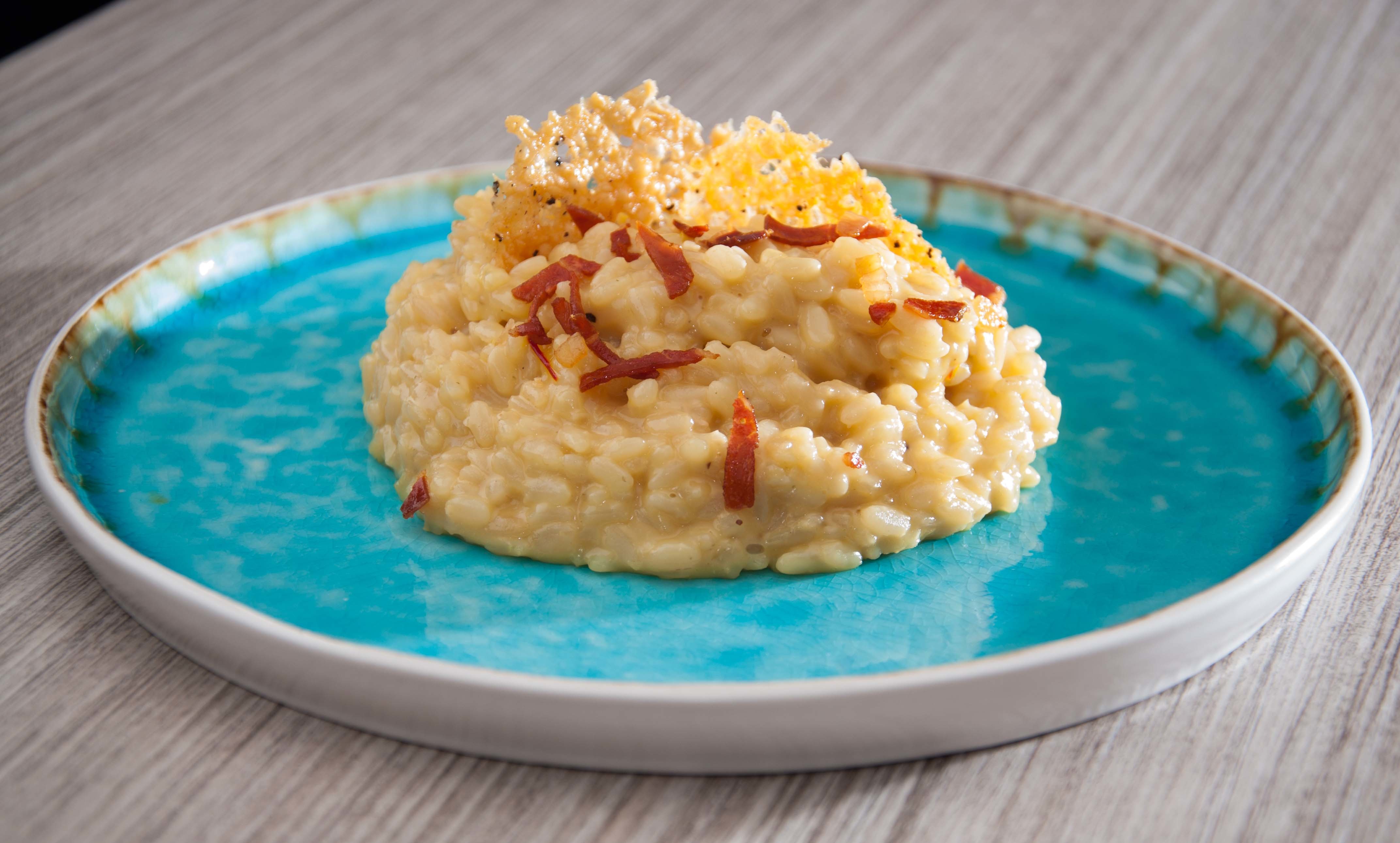
The cuisine of Como features freshwater fish from the lake, including trout, perch and tench. If you have chance, try the local risotto with perch, now popular throughout the country but originating here.
The region is known for its dairy products, and Italy’s famous blue cheese, gorgonzola, comes from this region. Others include Grana Padano, Taleggio, Bel Paese and mascarpone, the latter an essential ingredient in the classic Italian dessert tiramisu.
Lombardy is also the birthplace of panettone, the sponge cake now eaten everywhere in Italy at Christmas. The region is also known for its sparkling wines, with Franciacorta being the most famous.
Sicily
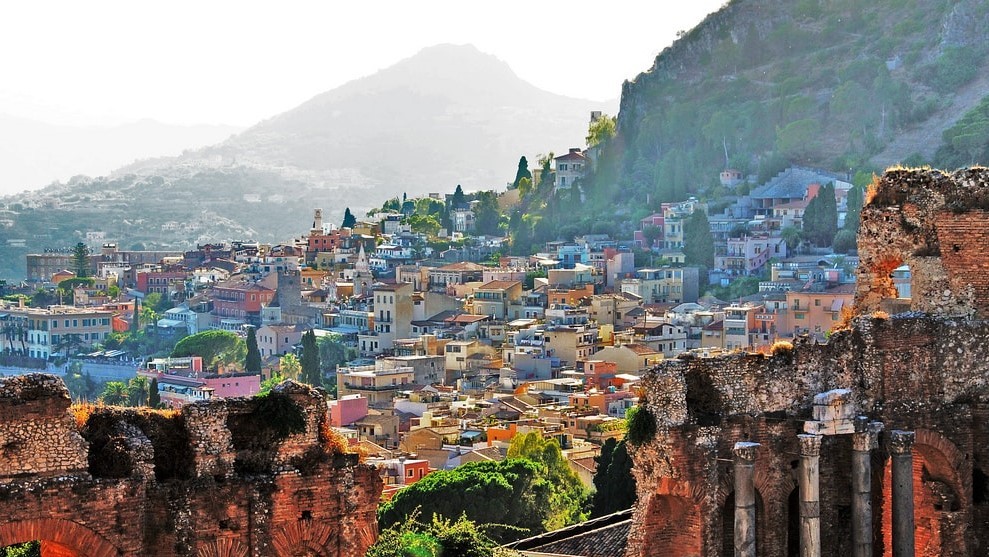
Due to its strategic location in the center of the Mediterranean, Sicily has been invaded and occupied many times throughout its history, and the cuisine of the island bears witness to the influences of successive attackers. Sicilian food is quite distinct from anything on the mainland, and there is even great variation between the cooking of different parts of the island.
When visiting Sicily, you will inevitably eat arancini, the ubiquitous stuffed rice balls with fillings that vary according to where they are made. Caponata is one of the island’s most famous dishes and consists of eggplant, capers and other ingredients cooked together and served at room temperature, usually as an antipasto.
Pasta dishes to look out for include pasta alla Norma, originally from the city of Catania and made with a sauce of tomatoes, eggplants, garlic, basil and ricotta, and pasta con le sarde, pasta with sardines.
Sicily is also rightly famous for its desserts, and ones to look out for are cannoli, rolls of pastry traditionally filled with ricotta, and cassata, a kind of sponge cake made with fruit juices or liqueurs and layers of ricotta.
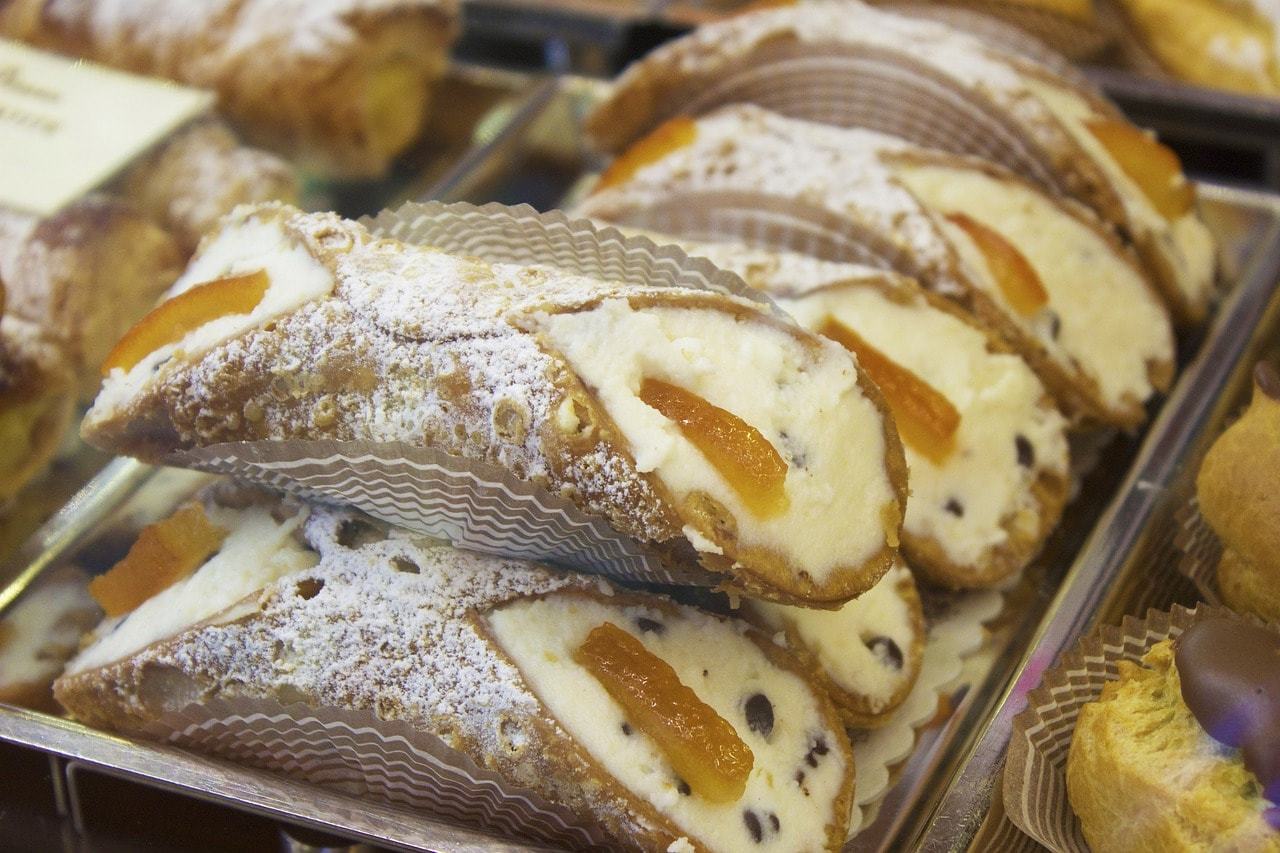
Sicily is also the birthplace of granita, the drink made from ice and various flavorings that is now found everywhere in Italy. Sicily also boasts some excellent wines, of which Nero d’Avola is one of the most popular. Marsala is Sicily’s famous dessert wine and is similar to port or sherry.
Naples, Positano, the Amalfi Coast and the Island of Capri
Naples, Positano, Amalfi and Capri all belong to Campania, but even within the region, there is significant culinary diversity, all based on the produce of the volcanic soils found there.
Spaghetti is popular in southern Italy, and a simple but classic dish from Naples is spaghetti served with a tomato and basil sauce. Another dish eaten all over Italy but invented in Naples is spaghetti alla puttanesca, spaghetti with a sauce of tomatoes, black olives and capers – the name literally translates as something like “prostitute-style spaghetti”!
Seafood, unsurprisingly, features heavily near the coast, and spaghetti alle vongole, spaghetti with clams, is a popular dish, as is spaghetti alle cozze, spaghetti with mussels.
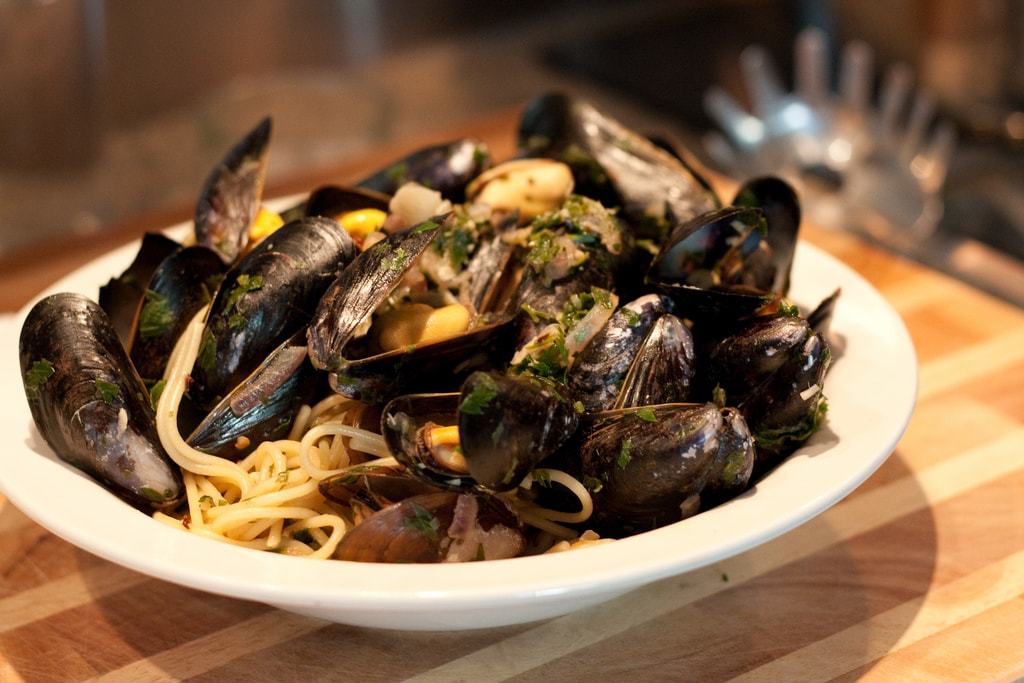
We can’t talk about Naples without mentioning pizza, and you can’t really visit the city without tasting the city’s most famous creation. A true Neapolitan pizza uses handmade dough spun into a thin base by the pizzaiolo and must be cooked in a wood-fired oven. One of the most traditional is the pizza Margherita, made with mozzarella, tomato and basil to represent the colors of the national flag. If you try to order a “Hawaiian pizza”, you will probably be deported…
This region is also the home of limoncello, the well-known lemon liqueur. Coffee in Naples was traditionally made using a cuccuma, a type of flip pot coffee maker that predates both the espresso machine and the moka pot, although they are less commonly used nowadays.
Naples is also one of the best places in the country to try gelato, the delicious Italian-style ice cream now popular all over the world.
Venice, Verona and the Dolomites
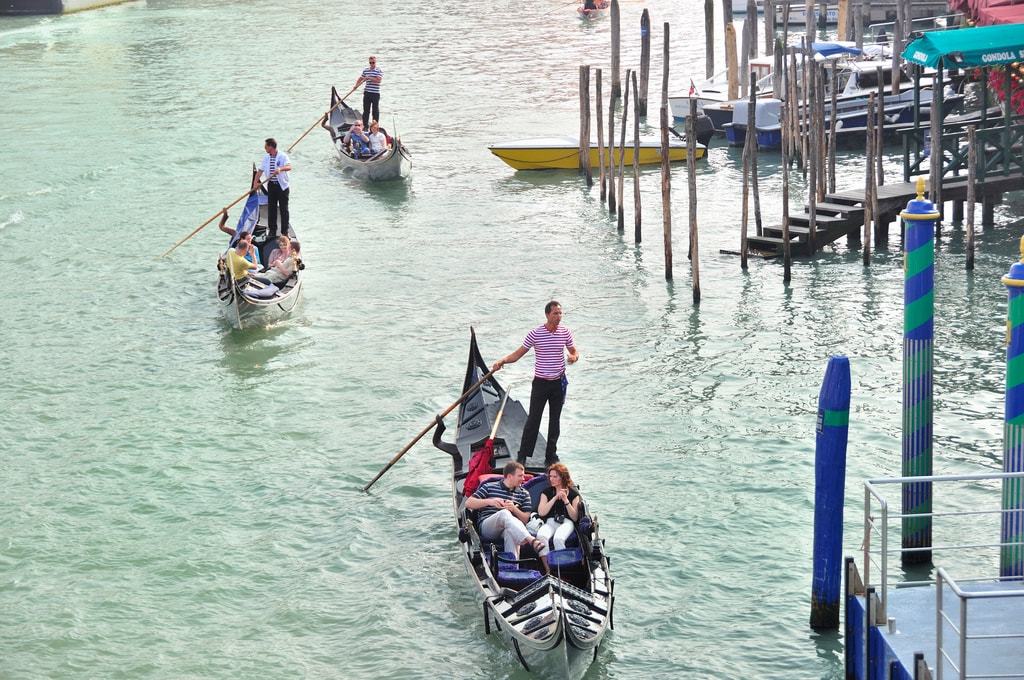
In Veneto, the region that includes Venice and Verona and bordering the Dolomite Mountains, pasta is less common than in other parts of the country; people here rely rather on polenta and rice as their staples.
In Venice, food from the sea dominates. Traditional dishes include risotto al nero di seppia, a risotto colored with cuttlefish ink, and moeche, green crabs caught during the period when they have shed their shells and are in the process of growing new ones. A traditional dish that does not use produce from the sea is fegato alla veneziana, Venetian-style calf liver.
Further inland, food from Veneto makes use of beans and peas, as in pasta e fagioli, pasta with beans, and risi e bisi, rice with peas.
The countryside surrounding Verona is famed for its red wines, including Amarone, which is used in local dishes like risotto all’Amarone, and brasato all’Amarone, beef cooked with Amarone.
Asiago is the most famous cheese from the region, but in the Dolomites, where the Austrian influence is strongest, you can also find Schiz, a kind of cheese that is usually pan-fried and served with polenta.
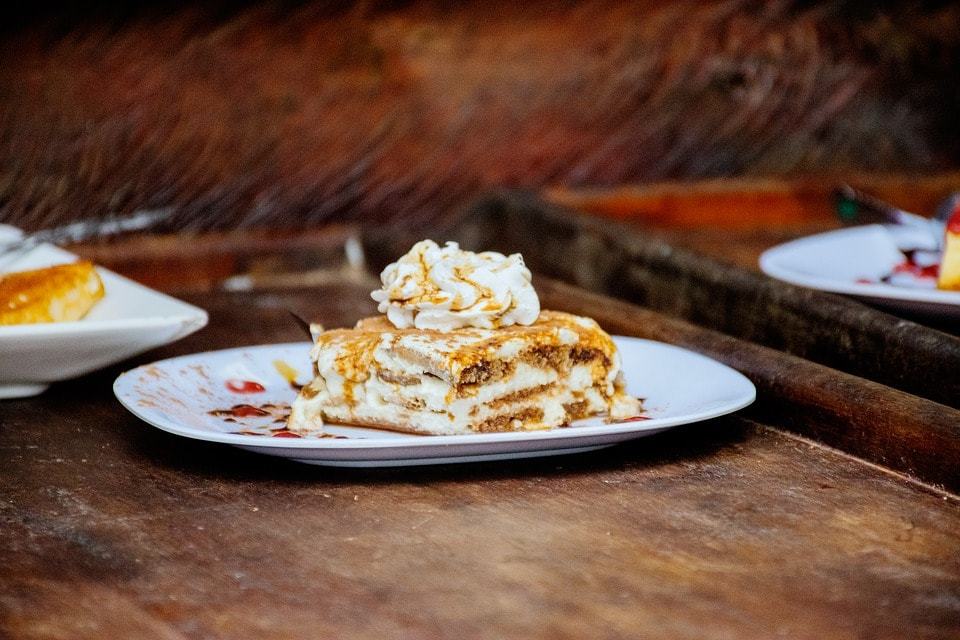
Veneto is also home to prosecco, Italy’s famous sparkling wine, and the region may also have the strongest claim to having invented tiramisu – meaning “pick me up” – possibly Italy’s best-known dessert.
Bologna
Bologna sits in the center of the Emilia-Romagna region, often regarded as the home of Italy’s finest cuisine. Many of Italy’s most famous dishes and products originate here, including balsamic vinegar, Parmigiano Reggiano (“parmesan cheese”) and Parma ham.
Bologna is, of course, the city that gave us ragù, “Bolognese sauce”, although in Bologna you should eat it with tagliatelle; Italians don’t normally pair it with spaghetti. Lasagna is a popular dish; in Italian, lasagne is in the plural since the name refers to the layers of pasta. This dish really is served with ragù, but many other variations are also possible.
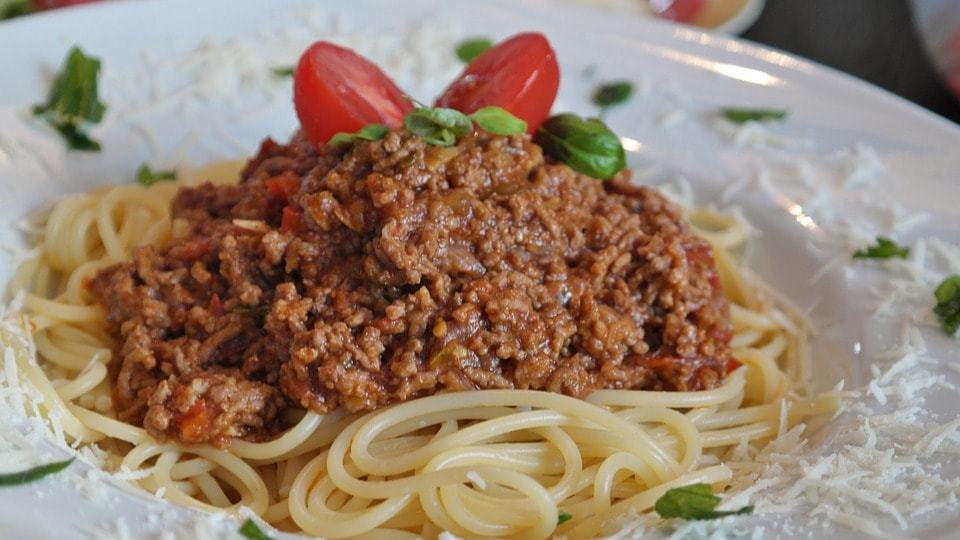
In this region, you will also find tortellini, ravioli and other versions of stuffed pasta. These are sold in restaurants throughout the country – as well as in Italian restaurants the world over – but Emilia-Romagna is possibly the best place to try them.
For street food, try a crescentina, also known as gnocco fritto, a fried dough ball with a sweet or savory filling. Before leaving the region, don’t forget to sample at least one glass of Lambrusco, the sparkling wine produced here.
Liguria (Portofino and the Cinque Terre)
The rugged and dramatic coastline that arcs round toward the French border, passing through the Cinque Terre and Portofino, has made Liguria one of the most visited regions in the country. With its proximity to the sea, it is natural that local cuisine is dominated by fish and seafood, but there is also much else to discover.
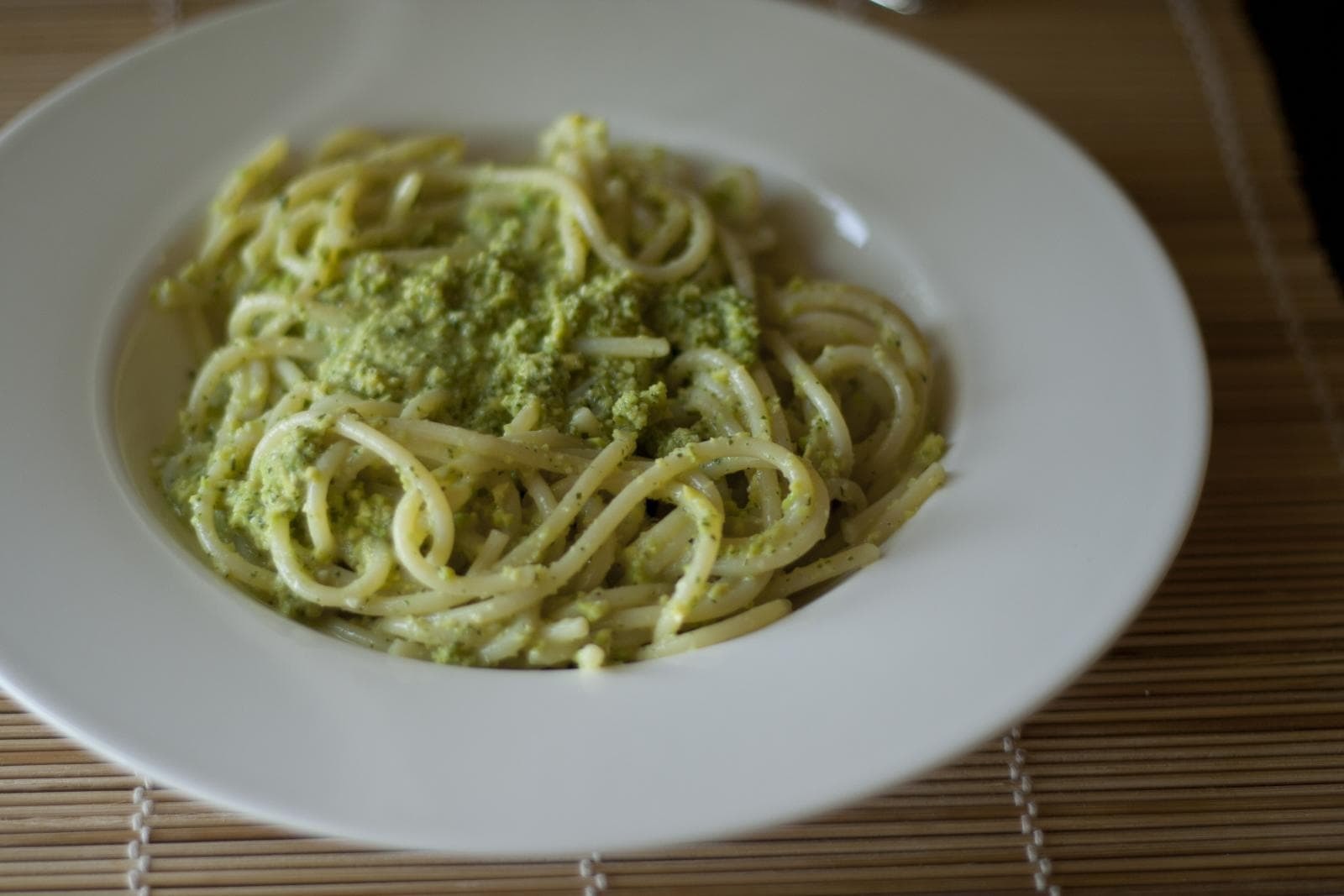
Pesto sauce, now served throughout Italy, originated here. Made with basil, olive oil, pine kernels and cheese, it marries well with local pastas like trenette or trofie.
Another well-known Ligurian product that has now been adopted by the rest of the country is focaccia. In the village of Recco, near Genoa, the bread is stuffed with a local cheese; you can also find focaccia di Recco in Genoa or any of the towns surrounding the regional capital.
Liguria is known for its seafood and fish soups. You might like to try ciuppin, a kind of soup traditionally made with fish from the day’s catch that were too small to sell.
Any meal in Liguria is best washed down with a glass or two of the local white wine, of which many are excellent.
Some others you might – or might not – want to try
Italy also has its share of culinary curiosities. For example, every February in the town of Catania in Sicily, bakers cook up some rather odd-shaped pastries. If you think the round, cherry-topped cakes remind you of a certain part of the female anatomy, that’s because they’re supposed to: they are in fact edible representations of the breasts of St Agatha!
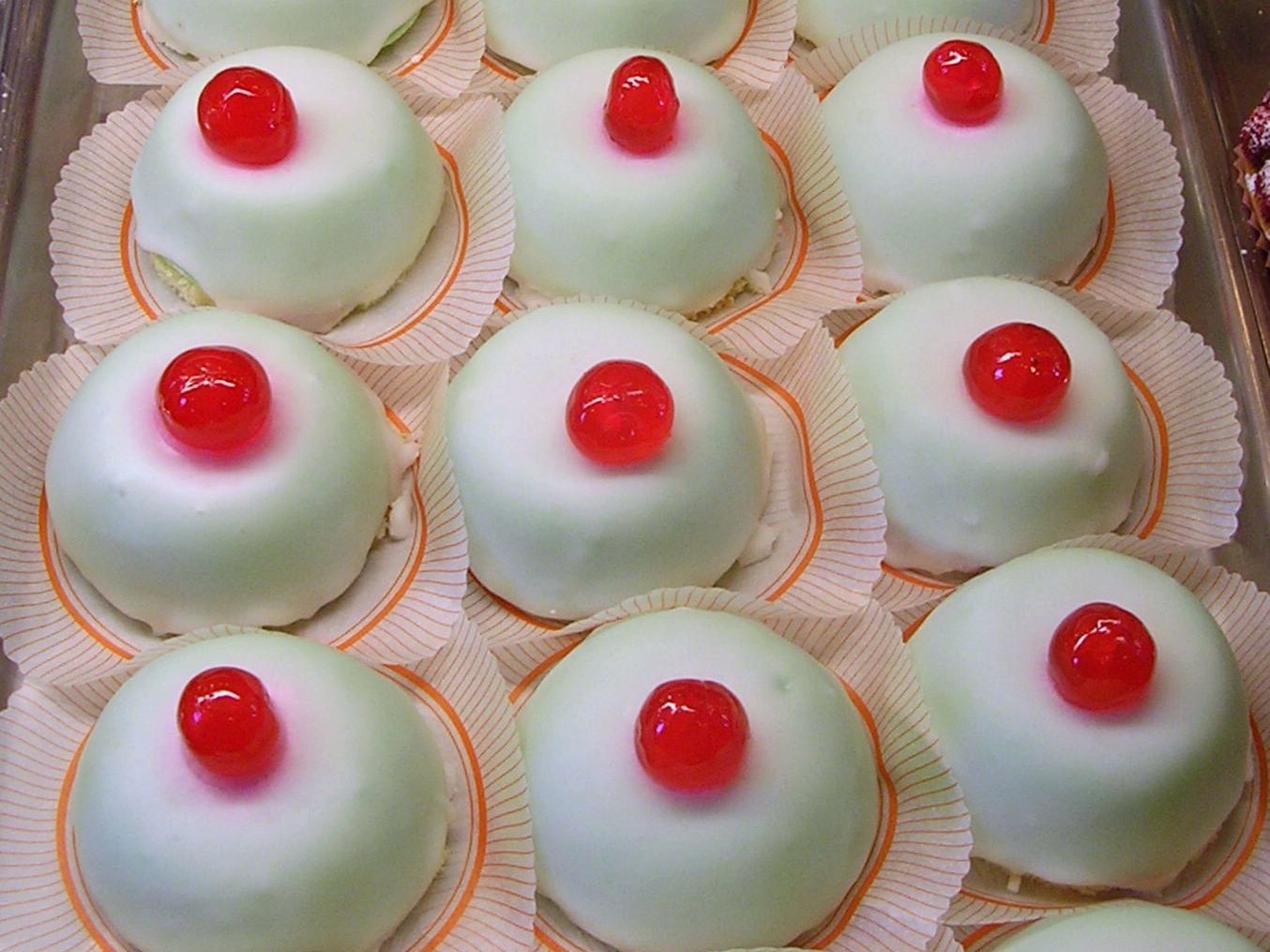
As the story goes, St Agatha was tortured for her Christian faith by having her breasts amputated, later dying from the wounds. Now, every year, she is honored by Sicilian confectioners who render her breasts in a delicious combination of sponge cake, ricotta, marzipan and liqueur.
Monks at the Abbey of Sant’Antimo near the Tuscan town of Montalcino have a slightly different way of commemorating the past. This legend dates back to the 8th century when Charlemagne was campaigning in the region. His troops had been struck down by the plague but were saved by an angel who appeared bearing the leaves of the Carlina acaulis plant. To give thanks, Charlemagne supposedly ordered a church to be built on the spot.
The plant is certainly believed to have medicinal properties, but the modern-day monks use it to make a rather different restorative – by brewing it up into an alcoholic drink. For those hoping to commemorate the miracle with the monks, this drink, called amaro di Sant’Antimo, is sold at the abbey shop.
Finally, something you might be less keen to try. The island of Sardinia is known for its great beauty, long history and unique culture – and, for fans of extreme foods, as the home of casu marzu.
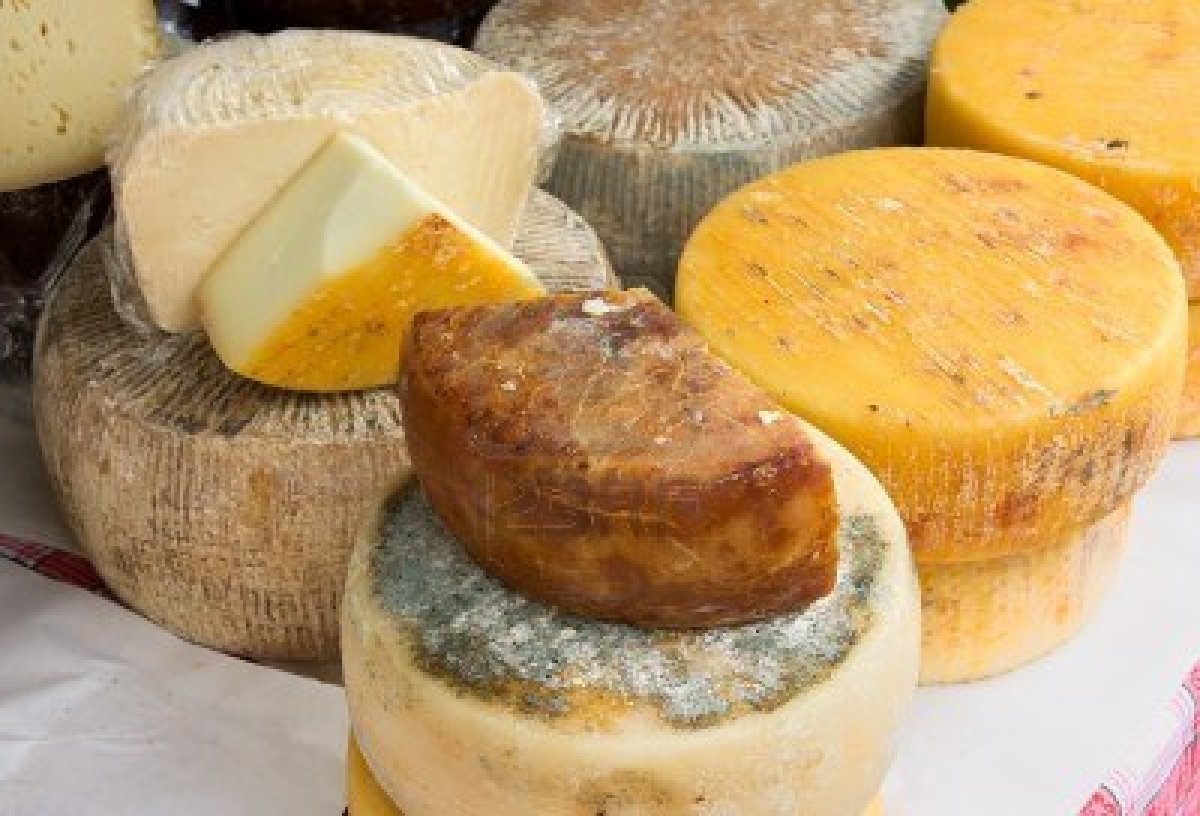
Many places boast their own pungent, ripe cheeses, but nowhere is the concept of “ripe” taken quite as far as on Italy’s second largest island. To make casu marzu, a ball of pecorino cheese is left out so that a special species of fly can lay its eggs inside. When the larvae hatch, they begin to eat the cheese, breaking down the fat and leaving it with a very soft texture.
Casu marzu is considered both a delicacy and an aphrodisiac, but due to health concerns, the EU has banned its production – although curious and courageous gastronomes may still be able to obtain some on the Sardinian black market.
Stay connected on your travels
Italy is home to one of the world’s great cuisines, and it has a culinary tradition that is far more varied than many realize. When traveling there, you’ll want to stay connected.
Click here to check out our mobile Wi-Fi solution that will let you stay online wherever you go.
